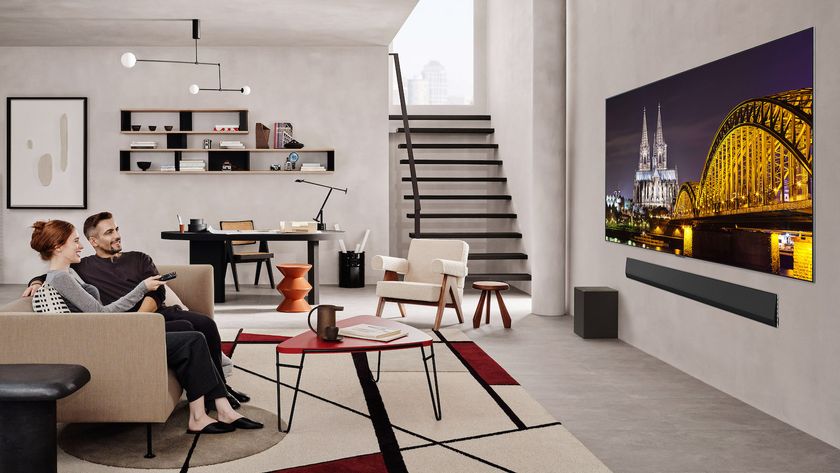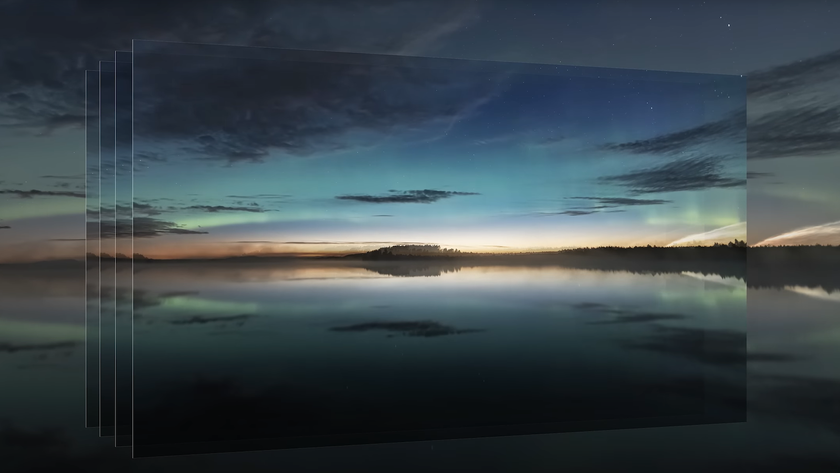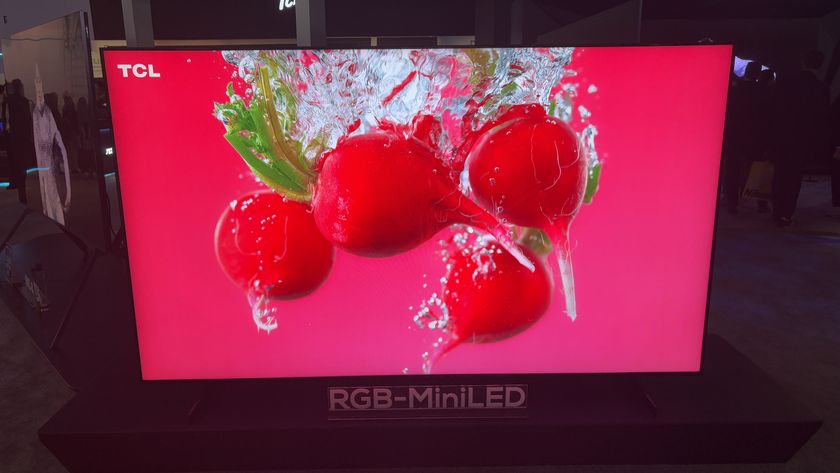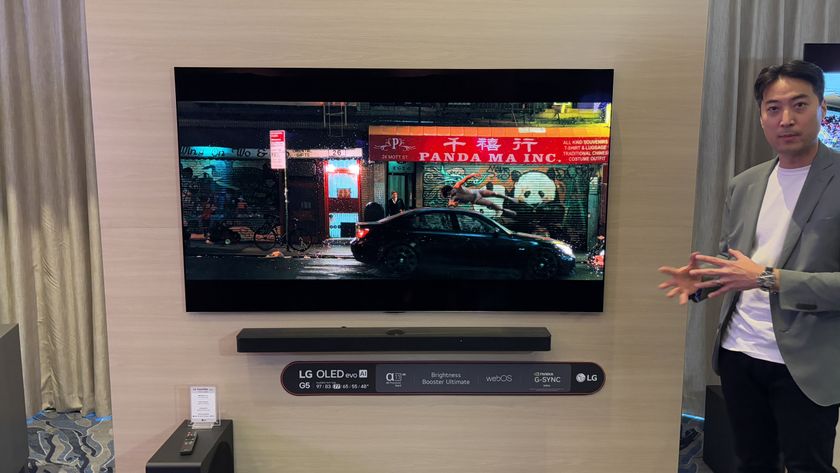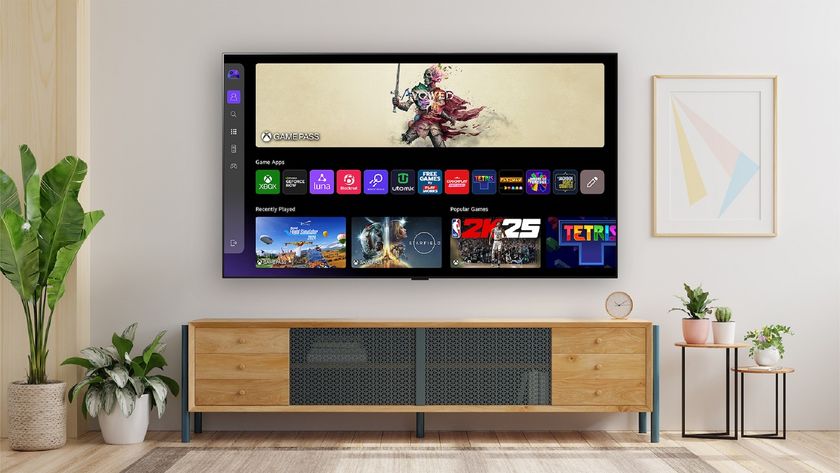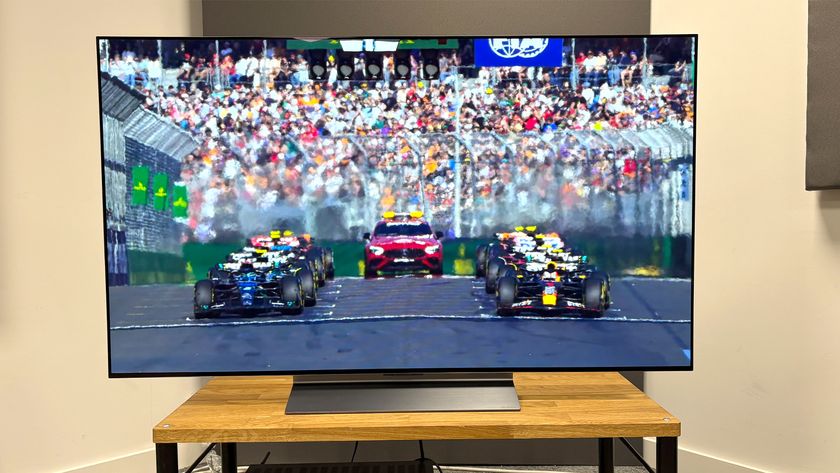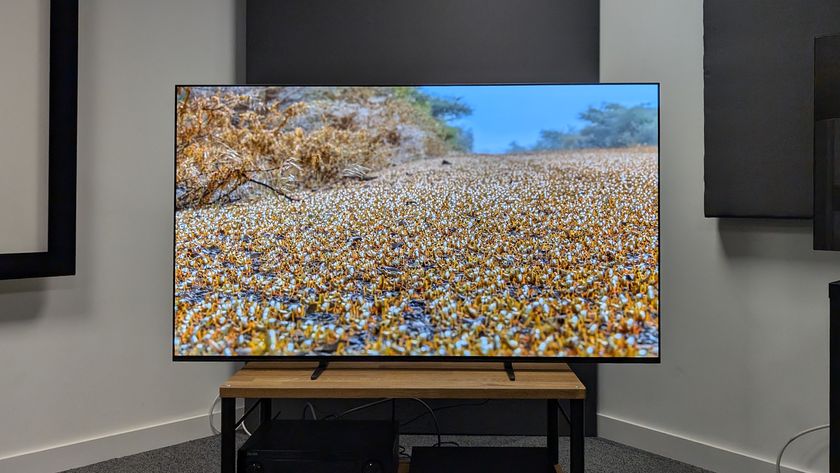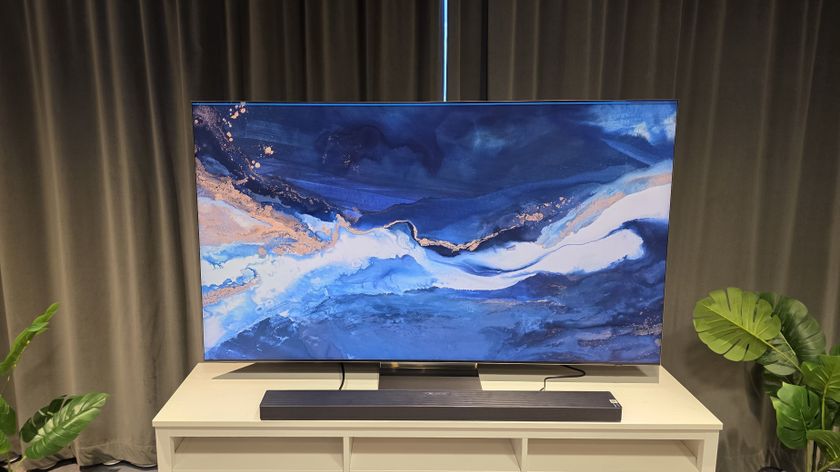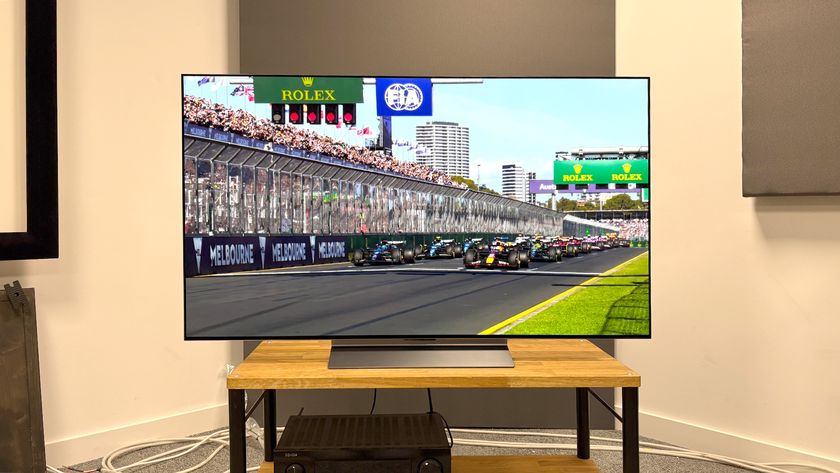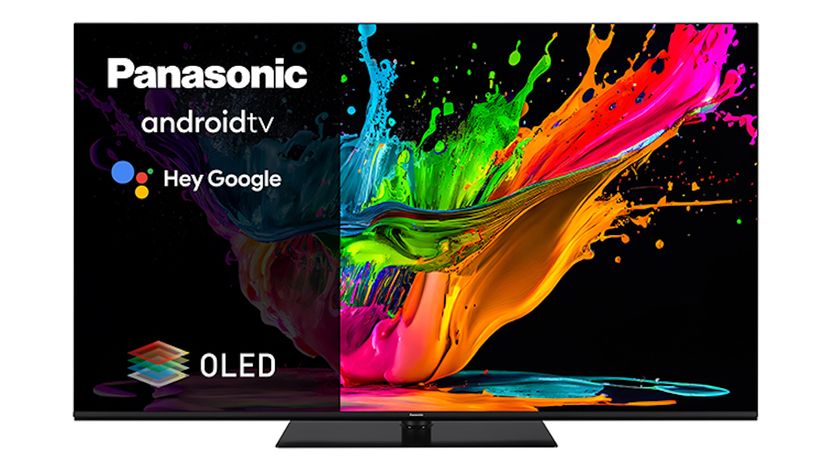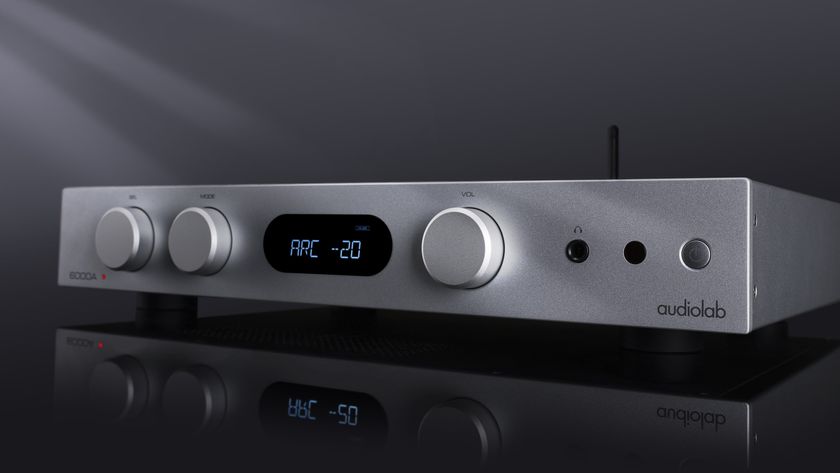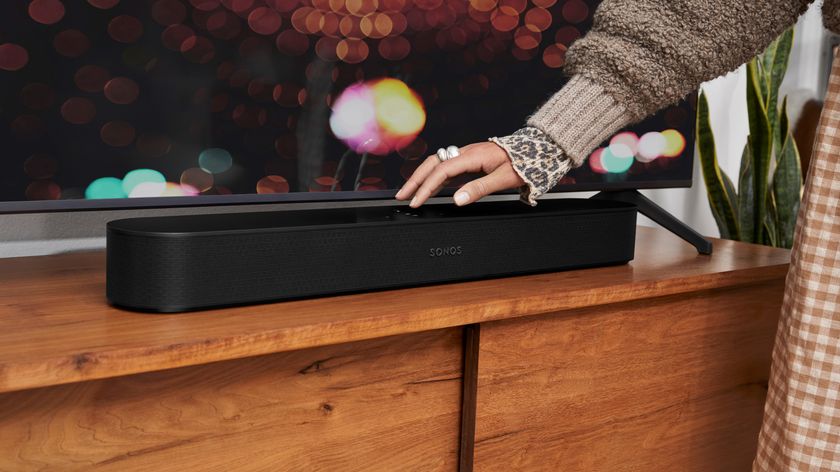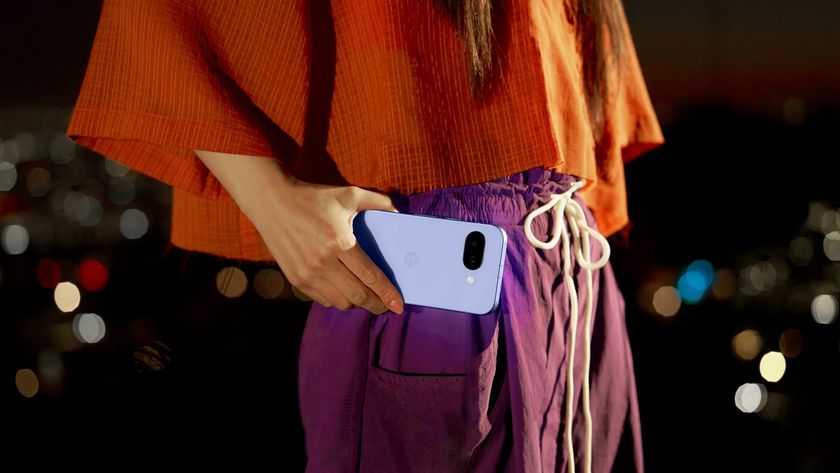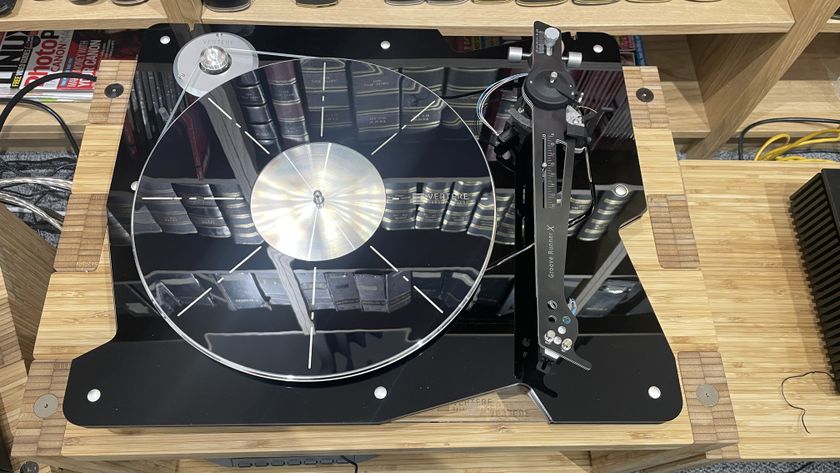LG Display spills the beans on its new super-bright OLED panel
Hungry for more details on four-layer OLED?
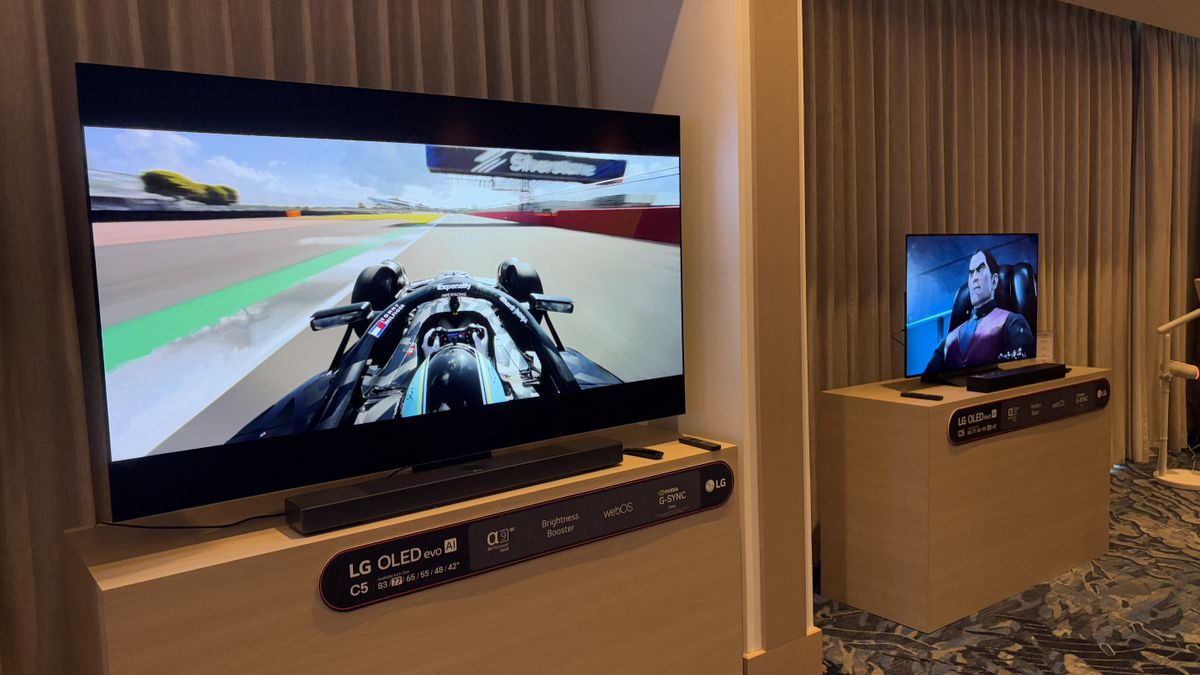
LG Display has officially released more details on its new fourth-generation OLED TV panel technology, which made headlines at CES 2025 with its four-layer design and will be landing in the likes of the LG G5 later this year.
Also featuring in Panasonic’s impressive upcoming Z95B, the new panel achieves a peak brightness of 4000 nits – marking a 33 per cent increase over its predecessor – through a redesigned four-layer structure, dubbed the Primary RGB Tandem structure.
This is a pretty significant departure from the previous three-stack design, incorporating dual blue-element layers alongside independent red and green elements which improve maximum brightness by increasing the amount of light produced by each layer compared with the previous structure. And yes, if you’re still riding last year’s micro-lens array (MLA) hype train, it’s time to get off at the next stop – this new four-layer panel tech looks set to replace it, with higher brightness levels in the process.
Brightness aside, LG Display is also promising an improvement in colour performance too, with colour brightness reaching 2100 nits – a 40 per cent increase over the previous generation's 1500 nits. The panel maintains complete colour accuracy even in bright 500-lux environments, which is roughly equivalent to typical midday living room lighting. DCI-P3 coverage has also increased from 98.5 per cent to 99.5 per cent compared with the previous MLA OLED panel.
Several manufacturers have already announced flagship models incorporating the new panel, and LG Electronics will implement it in 2025’s upcoming G5 and M5 series. The G5 will be available in 48, 55, 65, 77, 83, and 97-inch sizes, while the M5 will offer 65, 77, 83, and 97-inch variants. Panasonic's Z95B series (featuring proprietary ThermalFlow cooling technology and a FireTV interface), will be available in 55, 65, and 77-inch models.
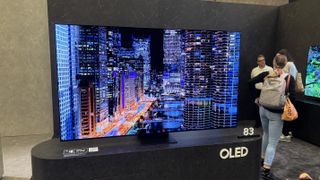
The timing of this release is particularly significant, as Samsung Display simultaneously unveiled its own 4000-nit QD-OLED panel at CES 2025, which is set to feature in the Samsung S95F. Interestingly, while Samsung is opting for a glare-free display finish, LG Display has gone for a more traditional glossy approach, incorporating ultra-low reflection technology that blocks 99 per cent of internal and external light reflections.
Energy efficiency has also improved by approximately 20 per cent for LG Display’s 65-inch panels, which will hopefully go some way to addressing any increased power demands of AI-driven processing. The panel also demonstrates enhanced environmental credentials, using 90 per cent fewer plastic materials than comparable LCD panels while achieving a recycling rate exceeding 92.7 per cent for end-of-life components. Nice.
Get the What Hi-Fi? Newsletter
The latest hi-fi, home cinema and tech news, reviews, buying advice and deals, direct to your inbox.
Manufacturing of the new fourth-generation OLED panels will commence at LG Display's Guangzhou facility in China, with the South Korean factory continuing to produce standard WOLED panels. The company has announced plans to expand the technology into its gaming-monitor lineup too, including what is touted as the world's fastest monitor panel.
As always, these enticingly shiny peak-brightness specs always sound great on paper, but it’s important to remember that they firmly represent the panel's ultimate technical capabilities — actual brightness levels in calibrated picture modes may be more conservative. That’s why you should stay tuned for your full review of upcoming TVs such as the LG G5, to see how all this fancy tech plays out in the real world.
MORE
LG G5 vs Samsung S95F: what are the differences between these flagship OLED TVs?
Read our LG C5 hands-on review
Also check out our Samsung S95F hands-on review

